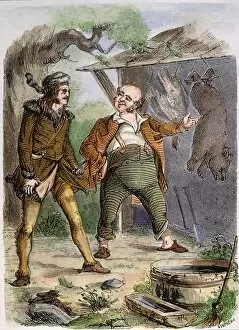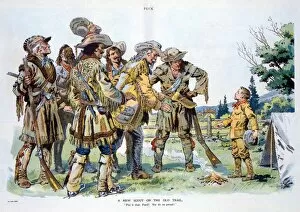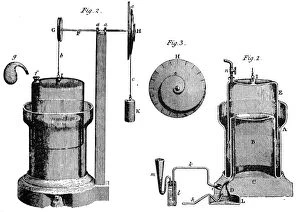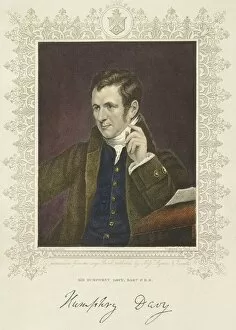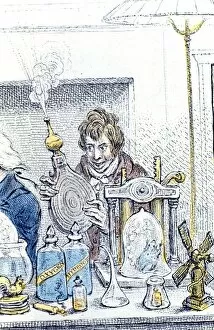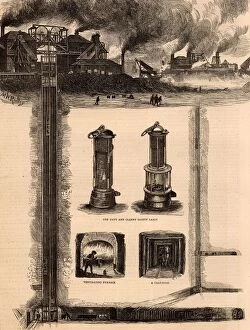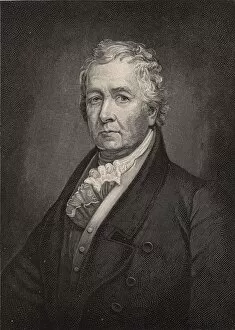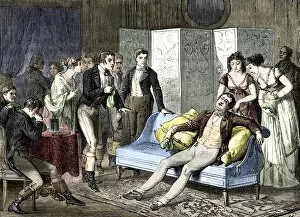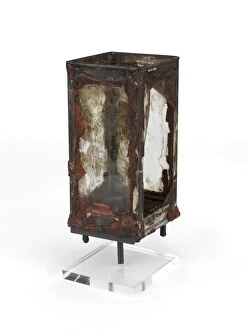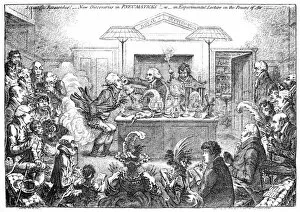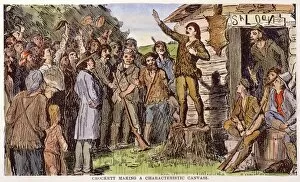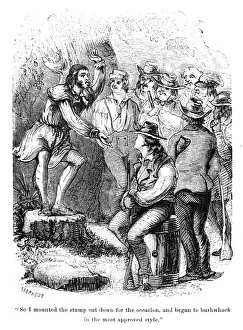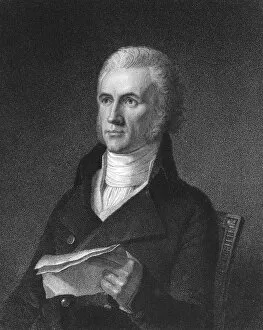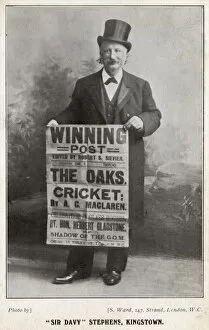Davy Collection (page 4)
"Davy: A Legendary Figure Spanning Time and Continents" Colonel Crockett, also known as Davy Crockett, was a prominent American frontiersman who lived from 1786 to 1836
All Professionally Made to Order for Quick Shipping
"Davy: A Legendary Figure Spanning Time and Continents" Colonel Crockett, also known as Davy Crockett, was a prominent American frontiersman who lived from 1786 to 1836. His adventurous spirit and remarkable feats have left an indelible mark on history. In Haymarket, Sheffield in 1937, a Science/Gillray Satire showcased the enduring legacy of this iconic figure. Davy's influence extended beyond his homeland. In Wales, he became synonymous with bravery as he fearlessly winched men up from the treacherous coalface. This act of heroism exemplified his unwavering commitment to helping others. Even across the Atlantic Ocean in England's Penzance during the 1950s, Davy remained a beloved figure. Market Jew Street proudly displayed a statue dedicated to him—a testament to his lasting impact on Cornwall's heritage. But Davy wasn't just revered for his frontier exploits; he made significant contributions to science as well. Humphry Davy, an eminent chemist and inventor from Penzance during the World Invention era, shared not only a name but also an insatiable curiosity with our legendary frontiersman. The influence of "Davy" transcended time and boundaries—reaching even further than imagined. Marie and Pierre Curie were inspired by their predecessors' dedication to scientific exploration when they embarked on their groundbreaking research into radioactivity. In another historical context altogether—the Boer War in 1900—Mrs. Davies demonstrated her own courage while firing upon Boer positions as a British settler fighting for justice and freedom—an embodiment of the spirit that Davy himself championed throughout his life. Whether it be through wood engravings or statues adorning streets around the world, "Davy" has become more than just one man; he represents adventure, resilience, intellectual pursuit, bravery against all odds—a symbol of the human spirit's boundless potential.

